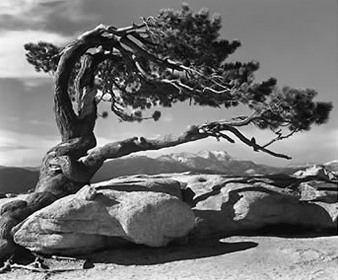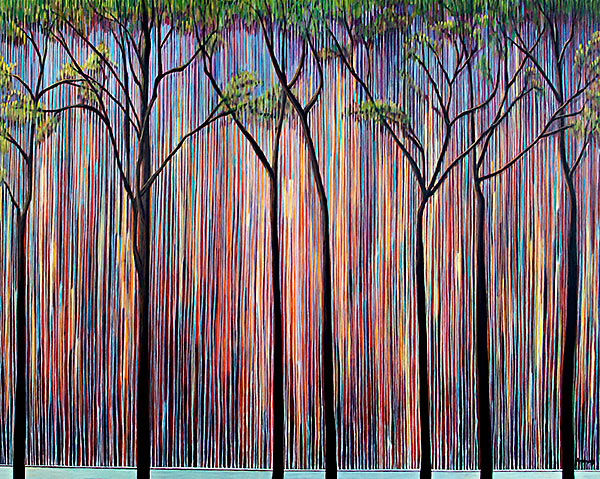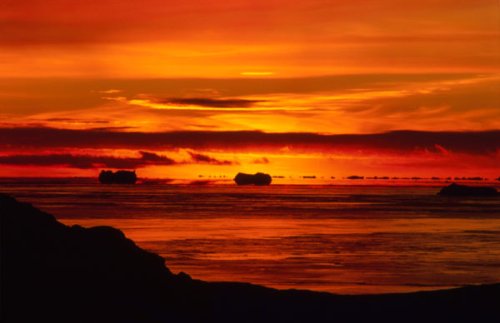Wednesday, June 3, 2009
Reflection
I had a great time and learned a lot in Media Arts 1. I learned how to use Photoshop, Adobe Illustrator, Adobe InDesign, and Adobe Flash. One part of the class that I really liked was taking a picture and changing the look of it using Photoshop. The hardest part of the class for me was black and white photography. I thought it was tough because most of my pictures were really dark when I developed them. I also liked the Imovie assignment because it was cool to see all of the things that I created throughout the quarter.
Friday, May 22, 2009
Thursday, May 21, 2009
Monday, May 18, 2009
Friday, May 15, 2009
Tuesday, May 12, 2009
Edward Weston

1.Edward Weston got his first camera for his 16th birthday. A year later he showed off his photos at the Chicago Institute. In 1906 he moved to California to start his photographic career. Then in 1910 Weston opened a photographic studio in Tropico California. Edward also wrote for magazines with his partner Tina Modotti. In the 1930's he started to use large format cameras. This made the photos appear sharper. In 1937 Edward Weston was the first photographer to get a fellowship. Weston took his last picture at Point Lobos State. Weston had parkinson's disease and passed away in 1958. By the end of his career his published two books and created some colored photos.
2.Some of Edward Weston's famous photos were "Peppers #30," "Dunes Oceano," and "Nude, 1936." His photographic style was very soft and calm. He took photos of the human figure and nature.
Monday, May 11, 2009
Ansel Adams

1.From an early age Ansel Adams and his father shared the same interest in nature. When Ansel was 14 his father gave him his first camera. He used his camera to take pictures at Yosemite National Park. That winter he worked part time for a San Francisco photo finisher where he learned how to develop pictures in a dark room. Ansel joined the Sierra Club which was to preserve the natural world. his first photographs were published in 1921. Then in 1927 Adams contracted for his first portfolio and earned 3,900 dollars from it. That is when his photographic career took off. Ansel had his first solo museum exhibition in 1931 at the Smithsonian Institution. Throughout his career his wrote a couple books. Ansel Adams passed away in 1984 from heart failure due to cancer. He had a great career and his paintings are worth over 500,000 dollars each today.
2. Some of Ansel's famous pictures were "clearing the winter storm," "Moonrise, Hernandez, New Mexico," and "Ice on Ellery Lake, Sierra Nevada." Adams photographic style was natural pictures that show different parts of the world.
Friday, May 8, 2009
Thursday, May 7, 2009
Tuesday, May 5, 2009
Monday, May 4, 2009
Thursday, April 30, 2009
Friday, April 24, 2009

1. When Andy Warhol was in third grade he developed St. Vitus' disease, which is a disease of the nervous system. Andy had to stay home because of his disease and started to draw and collect pictures of his favorite movie stars. After high school Andy went to Carnegie Institute of Technology and studied commercial arts. Then in 1949 he moved to New York city and started his career in magazine advertising. Throughout Andy's career his pictures were known as pop art. In the 1960's he had his first one-man gallery exhibition as a fine artist and it was hosted at the Stable Gallery. In 1987 Andy was recovering from gallbladder surgery and the doctors said he was doing good. The unexpectedly Andy passed away in his sleep February 22 that same year due to a sudden post- operative cardiac Arrhythmia. Andy Warhol will always be remembered for his work in advertising.
2. Andy Warhol photographed Marilyn Manroe, Troy Donahue, and Elizabeth Taylor. Two famous things that Andy photographed were the Campbell soup can and the coca-cola bottle.
Friday, April 17, 2009

Q1: Annie Leibovitz started to get interested in photography after taking her first picture in the Philippines. She started her photography career in Israel in 1969. Then in 1970 Annie came back to the United States and worked for the Rolling Stones Magazine. In 1973 She became the chief of photographer for the magazine. Then in 1983 she stated to work on the Vanity Fair magazine. She has taken many photos for different companies including Disney and American Express credit cards. Annie Leibovitz has had some tough times in her career, but still has a big career ahead of her.
Q2:She has photographed Miley Cyrus, John Lennon, Yoko Ono, and Demi Moore.
Thursday, April 16, 2009
Q1:The optical element is the lens, the chemical element is the film and the mechanical element is the camera.
Q2: An SLR camera stands for single-lens reflex. A SLR camera lets the photographer see the same picture that is exposed to the film. On this type of camera everything is adjusted by turning dials and clicking buttons.
Q3: The purpose of a camera's aperture is to be able to increase and decrease the amount of light passing through the lens.
Q4: The shutter speed on the camera controls how long the film is exposed.
Q5: the three things you need to get the right exposure for a picture are balance film speed, aperture size and shutter speed to fit the light level in the shot.
Q6: If you take pictures outside on a sunny day you would use a high film speed so there would be less time for light to get in.
Q7: 1.The first step is to place the film in a developing agent that is actually a reducing agent. 2.Then complete the developing process by rinsing the film with water or a "stop" bath.
3.then put the film in a fixing bath to remove the unexposed silver- halide crystals.
4. Then wash with water to remove chemicals.
Q8: Three things that are needed to make a black and white print are an enlarger, black and white paper, and processing chemicals.
Q9:In a black and white print the final image is silver.
Q2: An SLR camera stands for single-lens reflex. A SLR camera lets the photographer see the same picture that is exposed to the film. On this type of camera everything is adjusted by turning dials and clicking buttons.
Q3: The purpose of a camera's aperture is to be able to increase and decrease the amount of light passing through the lens.
Q4: The shutter speed on the camera controls how long the film is exposed.
Q5: the three things you need to get the right exposure for a picture are balance film speed, aperture size and shutter speed to fit the light level in the shot.
Q6: If you take pictures outside on a sunny day you would use a high film speed so there would be less time for light to get in.
Q7: 1.The first step is to place the film in a developing agent that is actually a reducing agent. 2.Then complete the developing process by rinsing the film with water or a "stop" bath.
3.then put the film in a fixing bath to remove the unexposed silver- halide crystals.
4. Then wash with water to remove chemicals.
Q8: Three things that are needed to make a black and white print are an enlarger, black and white paper, and processing chemicals.
Q9:In a black and white print the final image is silver.
Wednesday, April 15, 2009
Tuesday, March 31, 2009

This painting shows contrast because of the different parts of the picture. On the left there are small skinning lines. Then there is a rectangle of gray. Finally on the right there are bold and bright squares. Then on top there is a big black branch. There are many parts of the picture that contrast each other.
Subscribe to:
Posts (Atom)



































